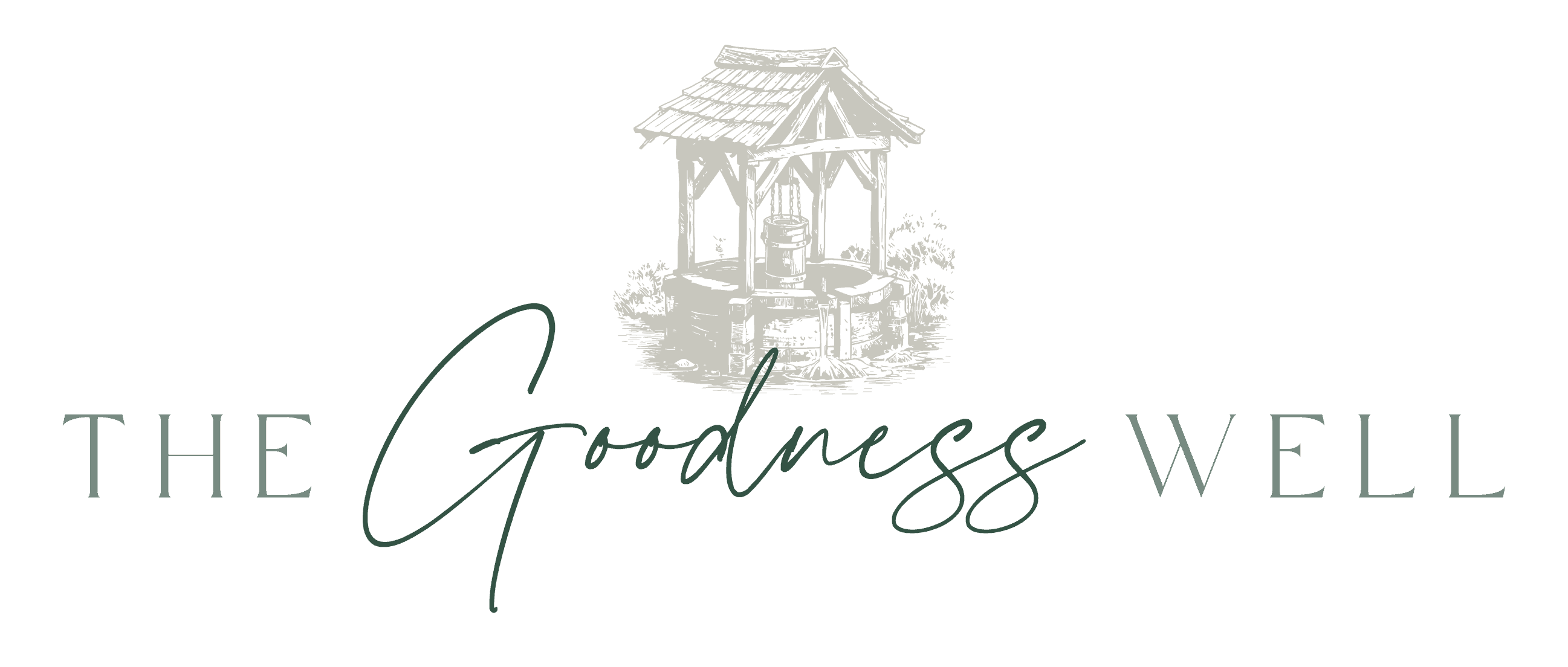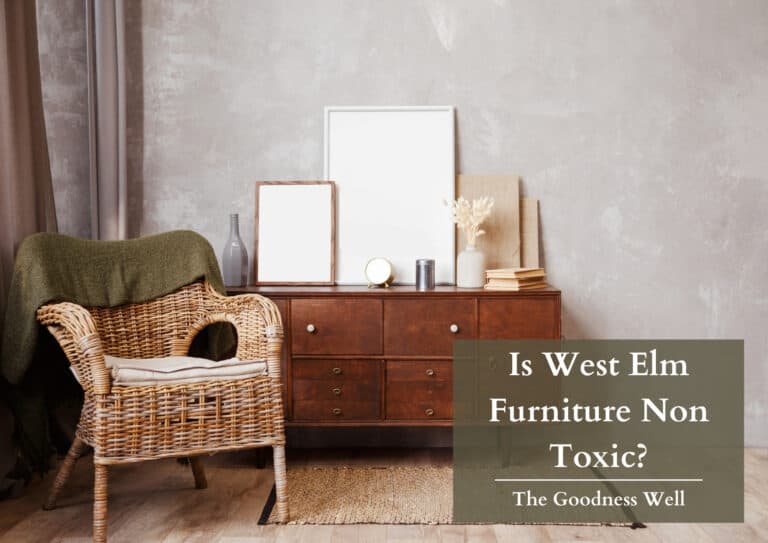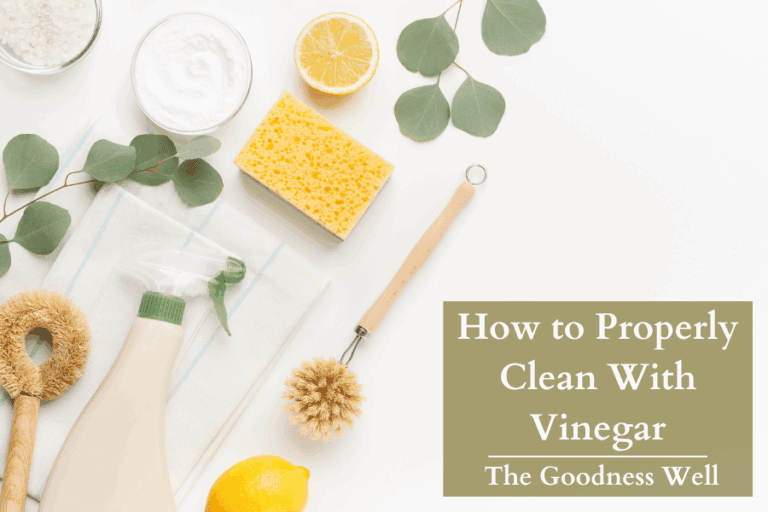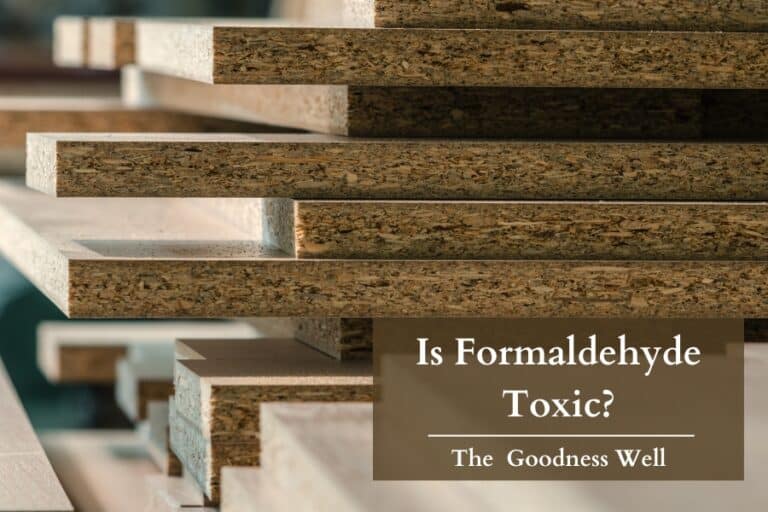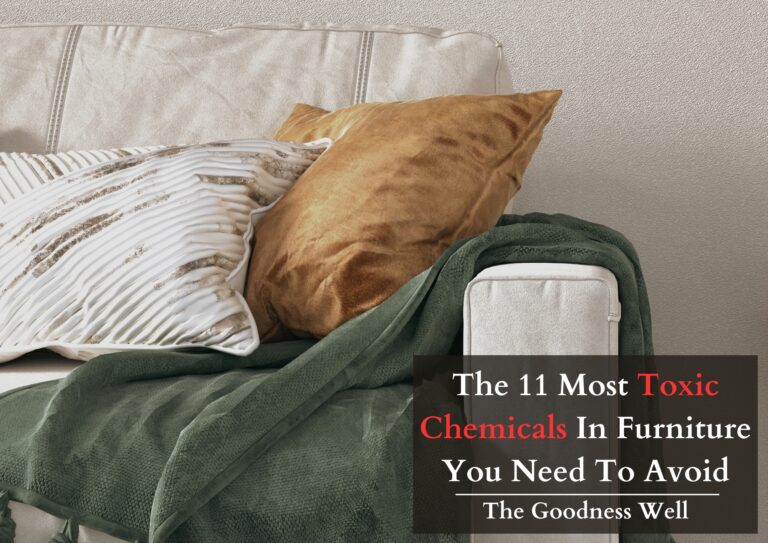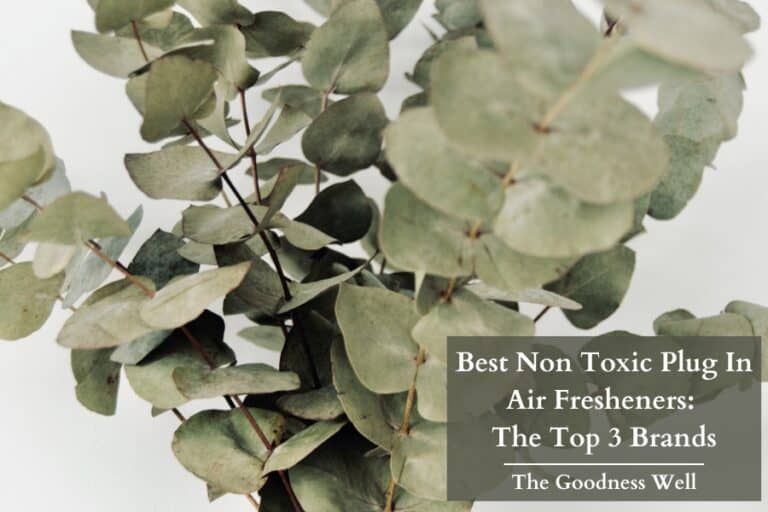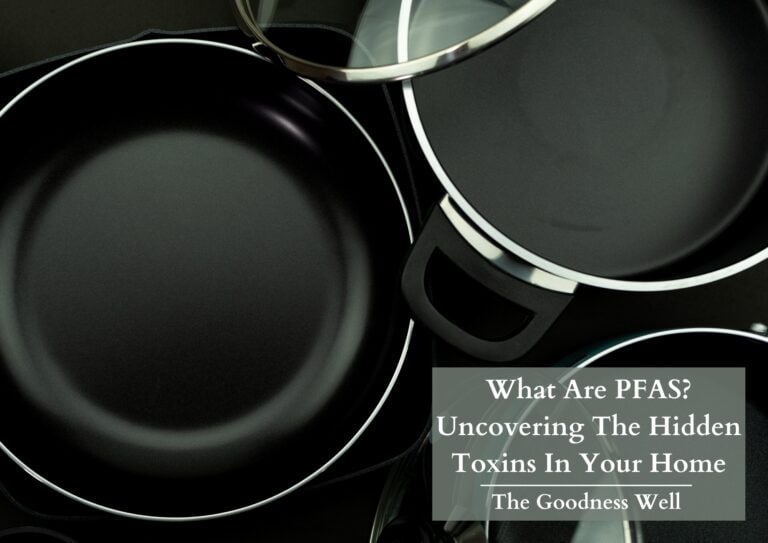Is Aluminum Foil Toxic – Unwrapping the Truth
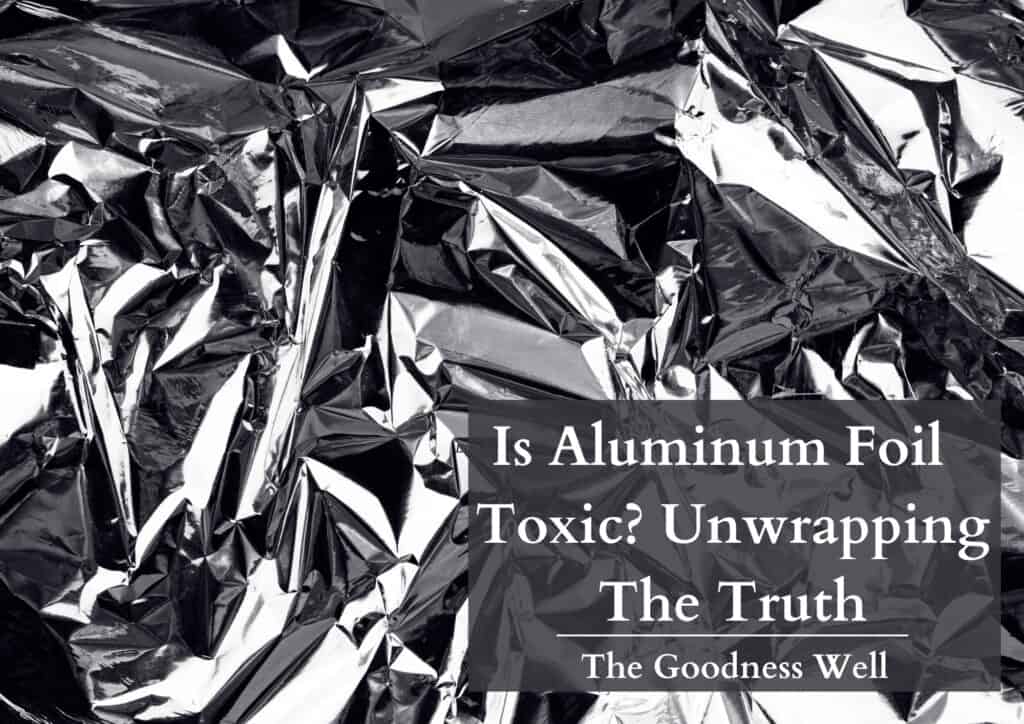
Like most people, we’ve often relied on aluminum foil for pretty much everything in the kitchen- cooking, baking, storing food, etc.
But is this handy item leaching toxins into our food? And what is its environmental impact?
Let’s get right into it.
TL;DR
Is aluminum foil toxic?
Aluminum foil is safe for humans when used within certain guidelines, however, because aluminum foil is so resource-intensive to produce, it is not very sustainable. We recommend limiting its use and choosing sustainable alternatives such as muslin cloth, beeswax wraps, or silicone baking mats.
The Introduction of Aluminum Foil Into The Kitchen
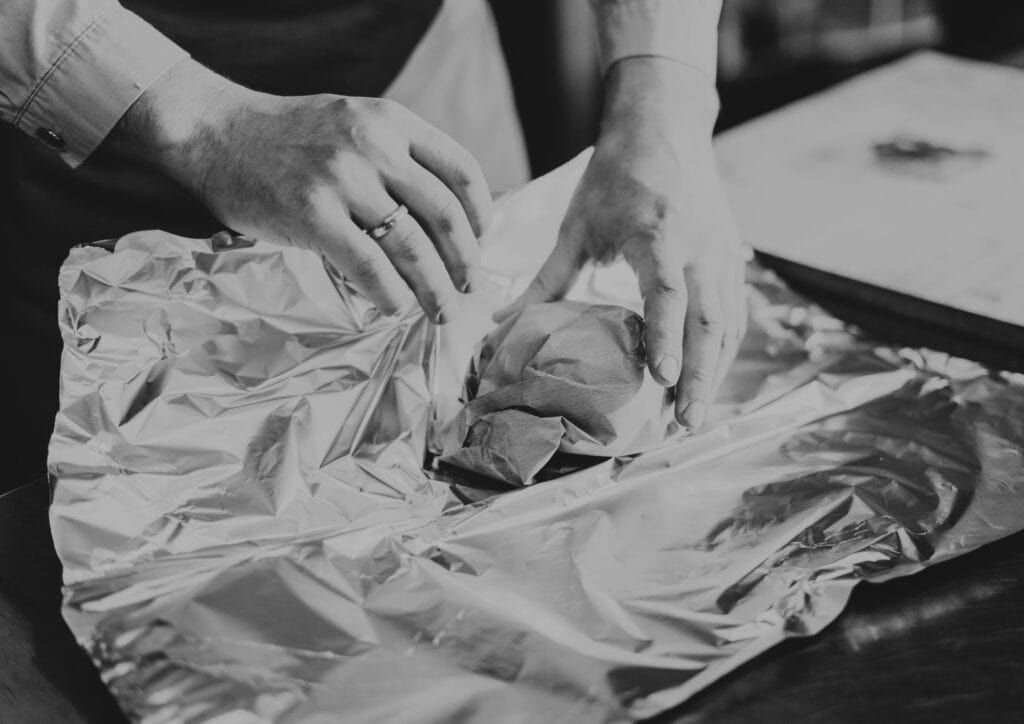
Aluminum was introduced in the early 20th century in America. Its popularity grew because of its lightweight, resistance to corrosion, and ability to conduct heat efficiently.
Soon, aluminum foil became a favorite for wrapping foods, grilling, and baking.
It was initially used in Switzerland in 1903 to wrap chocolate bars before being heavily used in World War II for military food packaging.
Post-war, the demand for convenient home goods led it to become a staple in American kitchens by the 1910s.
Is Aluminum Foil Safe To Cook with?
Aluminum foil has been used for decades in cooking, baking, and food storage without any apparent harm.
But is it really safe? Especially when cooking?
Let’s break it down..
Aluminum Leaching into Food
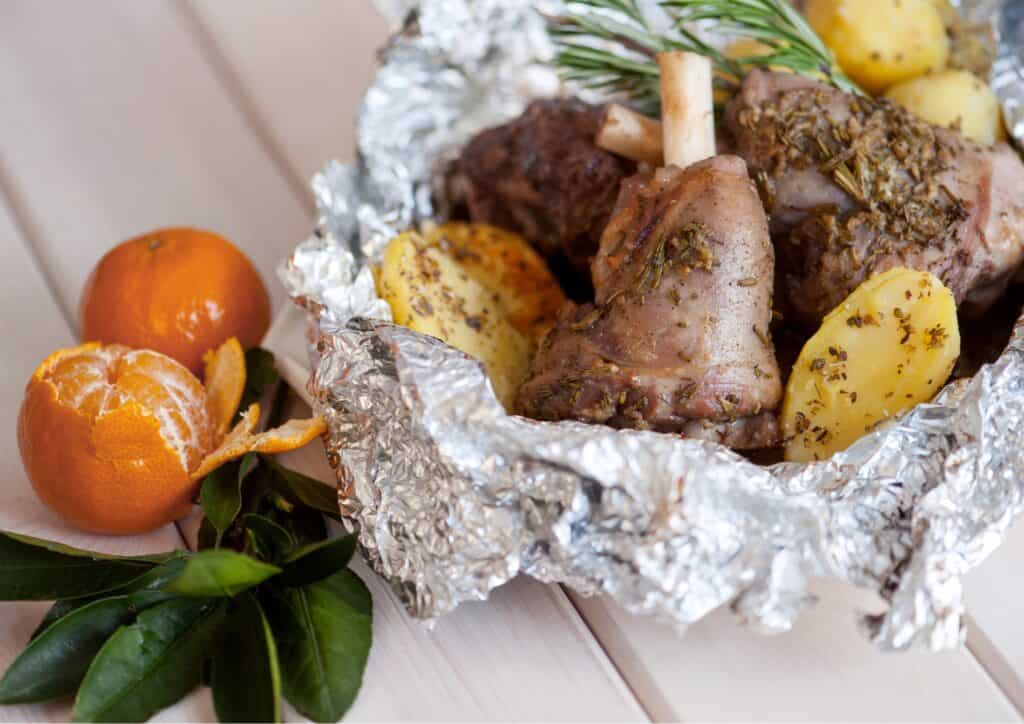
When cooking with aluminum foil, especially with acidic or spicy foods, a small amount of aluminum might leach into the food.
But don’t worry..
The amount is typically minimal and considered safe by most health standards.
We don’t want too much aluminum though, as consuming too much of it (along with any other type of metals) is linked to health problems.
Aluminum leaching from aluminum foil into food can be increased by:
- Acidic Foods: Contact with foods like tomatoes, citrus fruits, and dishes with vinegar.
- Spicy Foods: Contact with certain spices.
- Cooking at High Temperatures: Using aluminum foil in high-heat cooking methods, like grilling, can cause more leaching compared to low-temperature cooking.
- Prolonged Cooking Times: The longer food is in contact with aluminum, especially when heated, the more potential there is for leaching.
Avoid fast food wrapped in aluminum foil. Many fast food chains use a specialized aluminum foil that contains a “washcoat” which contains phthalates that migrate into the food.
Alzheimer’s Disease Concerns

Many studies link aluminum in drinking water and dementia, but the results are mixed.
One major study from France showed that high amounts of aluminum in water might increase dementia and Alzheimer’s risk.
In other studies, some say higher aluminum can increase dementia risk, some see no effect, and one even suggests it might be protective.
The link between Alzheimer’s and aluminum is still very much up for debate.
Non-stick Foil

Non-stick foil is an aluminum foil coated with a food-safe, non-stick layer.
It’s generally safe for regular cooking.
However, it’s important to note that older non-stick products raise concerns due to PFOA content, but many modern products have phased this out.
For best and safest use, always follow the product instructions, typically placing the non-stick (dull) side in contact with food.
Remember it’s important to be mindful that spicy, acidic, and saline foods or cooking at high heat can cause the leaching of aluminum foil.
Cooking with High Heat
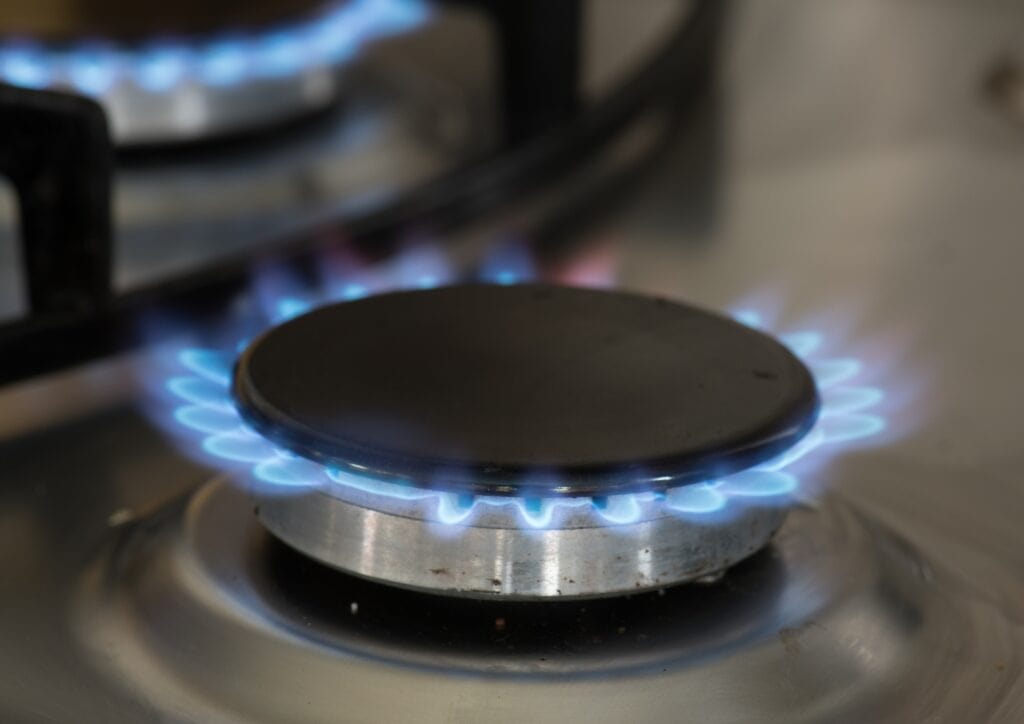
Using aluminum foil on high-heat grills or open flames can cause it to become brittle and might produce tiny aluminum fragments.
It’s best to cook at low or medium heat and be watchful for any physical changes to the aluminum.
For those who love their air fryers, you might ask, can you put aluminum foil in the air fryer?
Yes, but make sure the foil doesn’t come into direct contact with the heating element.
Storage with Foil
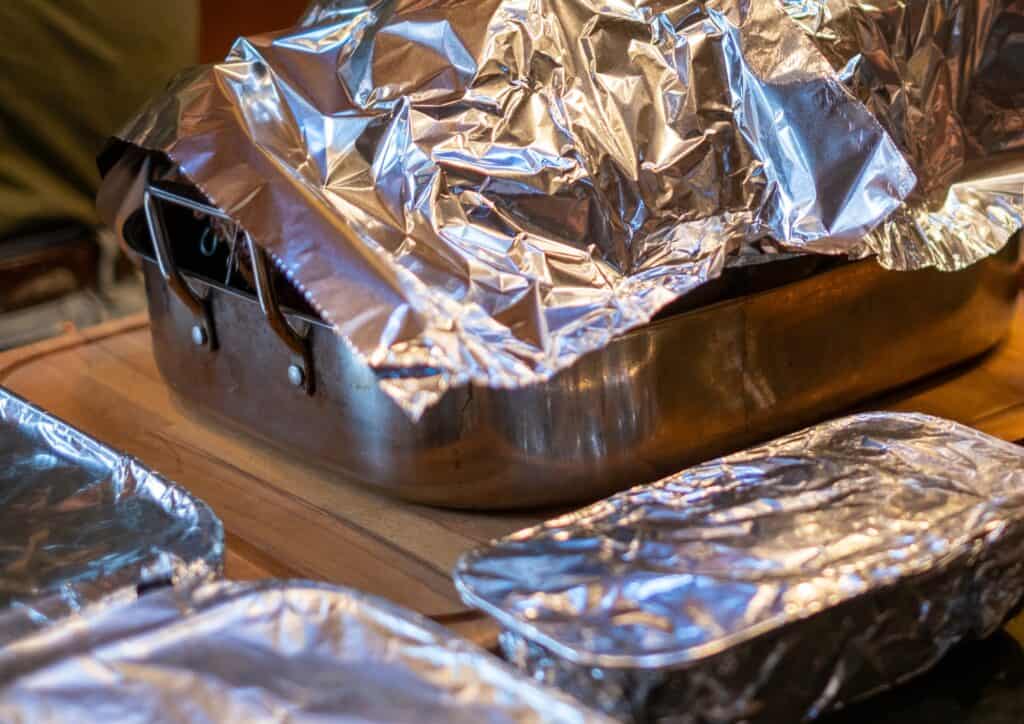
It’s safe to cover food with foil for storage or preservation.
However, for some acidic foods like tomatoes, prolonged contact can lead to a metallic taste as well as potential leaching of aluminum.
Takeaway:
Using aluminum foil in cooking is mostly safe, but use caution with acidic, spicy foods and high temperatures to minimize aluminum leaching. The potential link between aluminum and Alzheimer’s disease isn’t clear and needs more research.
The Environmental Effects of Aluminum Foil
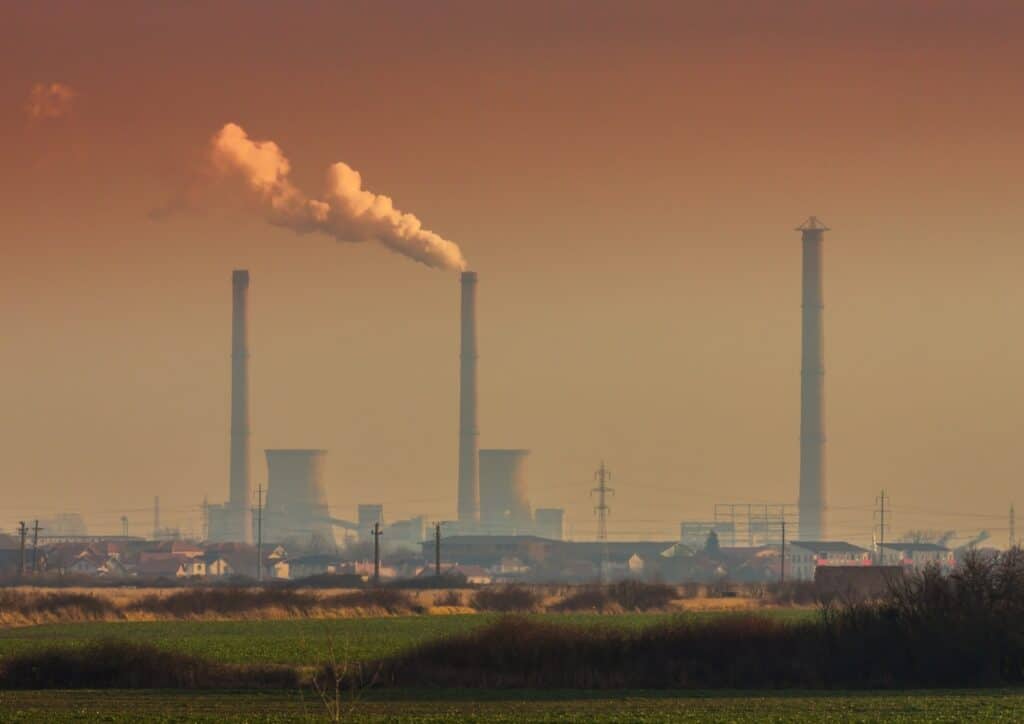
While the health risks of aluminum foil can be avoided, the environmental side isn’t so simple.
Its production uses a large amount of energy, leaving a big environmental footprint.
(science-y stuff incoming)
The process involves mining bauxite ore, refining it into alumina (aluminum oxide), and then smelting the alumina to produce aluminum.
Each stage has its own negative effects on the environment:
- Mining: Extracting bauxite from the earth involves strip mining, which can destroy large areas of natural habitat and release dust and pollutants into the environment.
- Refining: Transforming bauxite into alumina requires the Bayer Process, which produces a byproduct called red mud or bauxite residue. This highly alkaline waste can contaminate water sources.
- Smelting: The electrolytic process of smelt alumina into aluminum (the Hall-Héroult process) consumes a massive amount of electricity.
- If the electricity source is coal or another fossil fuel, the carbon footprint is significantly high. Also, the smelting process emits perfluorocarbons (PFCs), potent greenhouse gases.
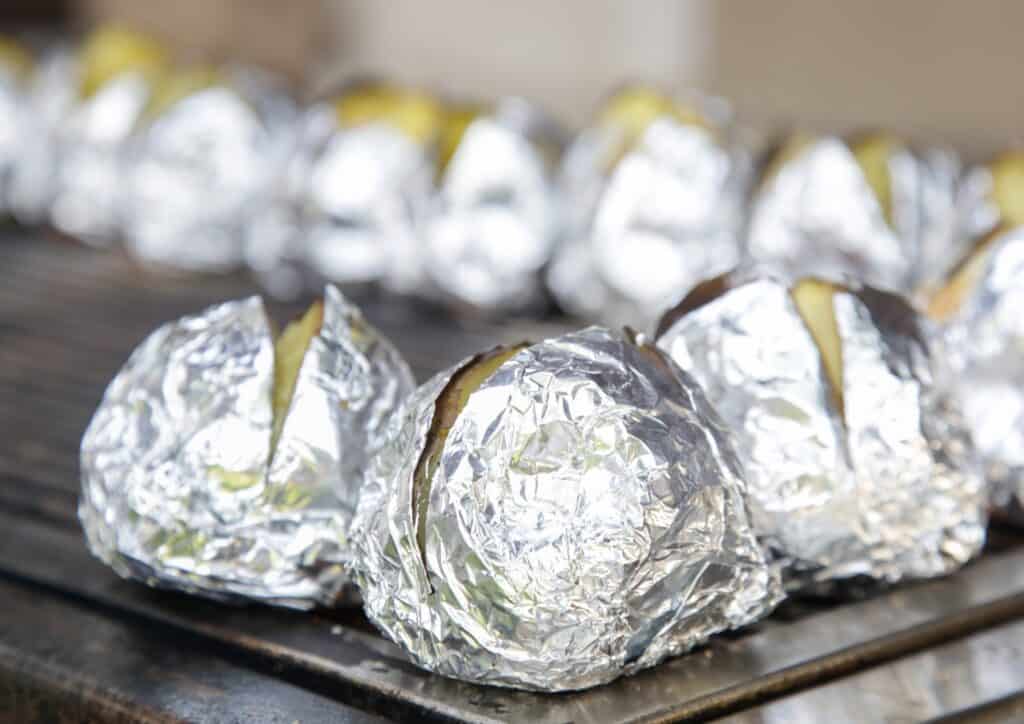
And while recyclable, most aluminum foil isn’t recycled and ends up in landfills.
For anyone wanting to continue using aluminum, use it wisely, recycle it whenever possible (it has to be free of food residue) , and seek sustainable alternatives whenever possible to help lower the environmental impact.
Aluminum Foil Alternatives in the Kitchen
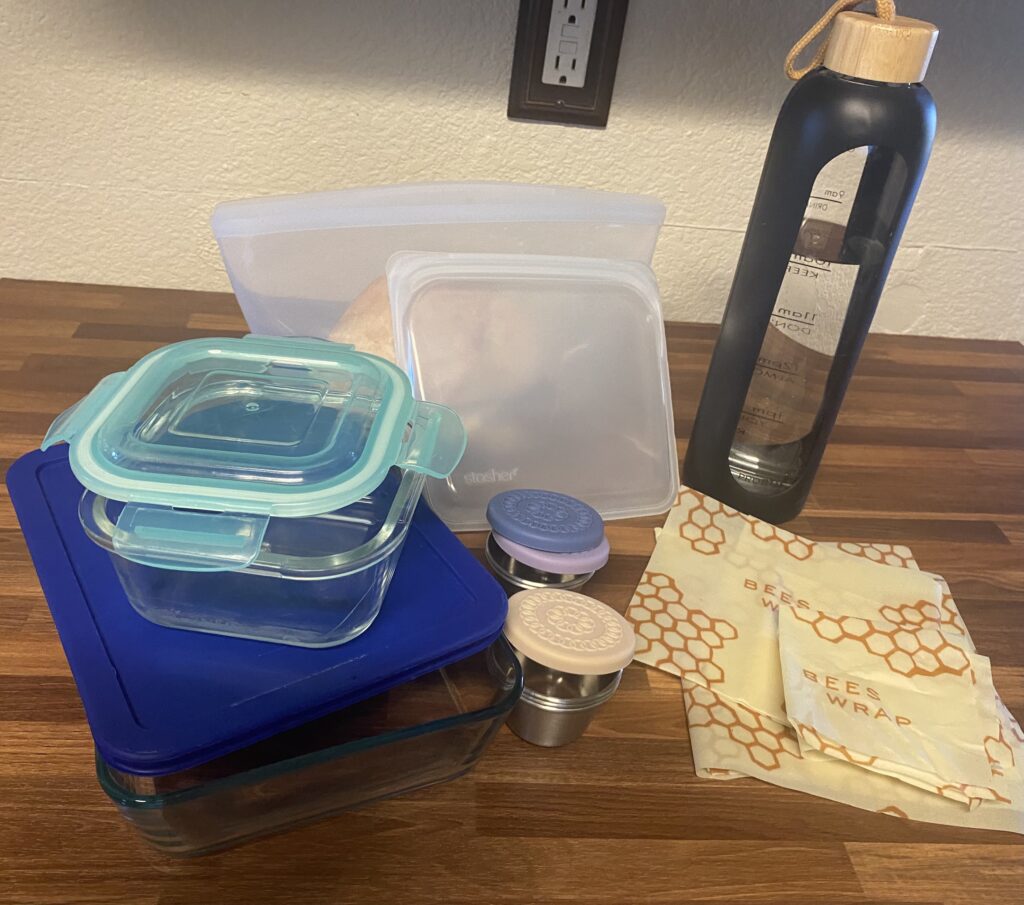
Now although we’ve come to the conclusion that when aluminum foil is used with restrictions it’s safe, that doesn’t mean it’s your only option.
For example, if you’re like me I try to limit my aluminum intake as much as possible by switching it up a bit and using aluminum foil alternatives.
Here are a few to try:
- Beeswax Wraps: These are one of my favorites to use for packing lunches and other food. They are usually made from organic cotton infused with beeswax, resin, and jojoba oil.
- Glassware or Ceramic dishes: Super safe for baking and storing food. Just be careful!
- Silicone Baking Mats: Awesome for baking!
- Cloth or Muslin: We don’t use much of this but many households often use a clean cotton cloth or muslin to wrap food.
- Parchment paper: Doesn’t leach any chemicals but still isn’t the most environmentally friendly option.
As a side note, opt for toxic free cookware to avoid traditional non stick cookware which is notorious for leaching harmful chemicals.
Wrapping Up
In a nutshell, as long as you’re not burning your foil, swallowing it (you never know), or putting it in your microwave, you’re on the safe side.
However, it does have a negative impact on the environment, so limit its use as much as possible and consider alternatives such as beeswax wraps, muslin cloth, or silicone baking mats.
Whichever you choose…stay informed and cook wisely.
